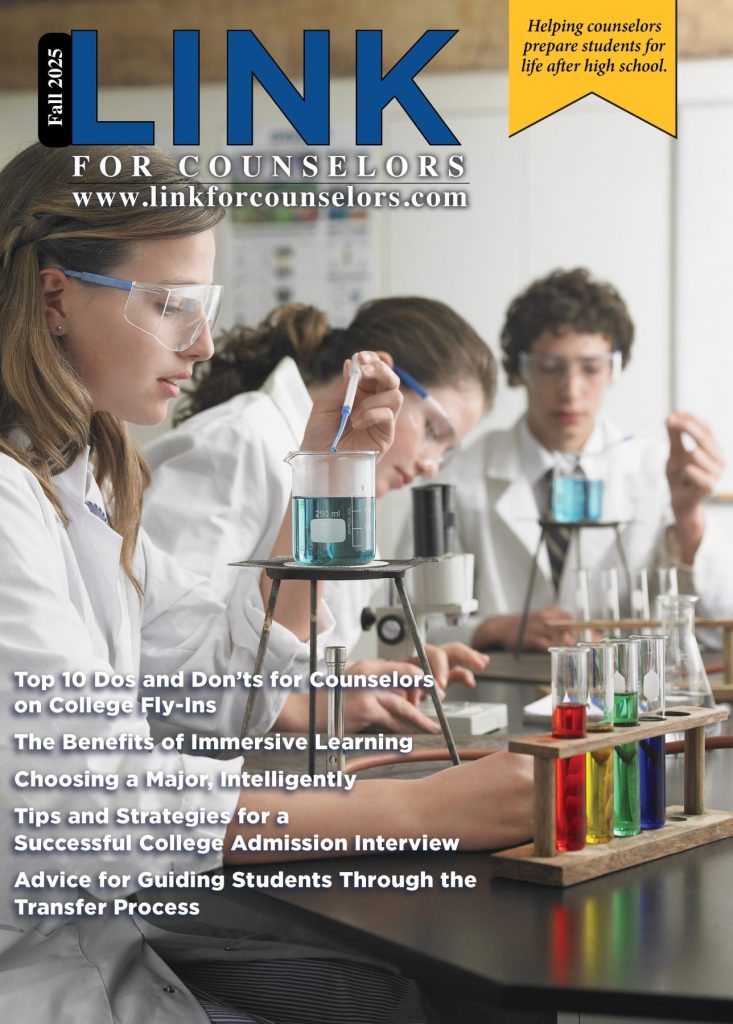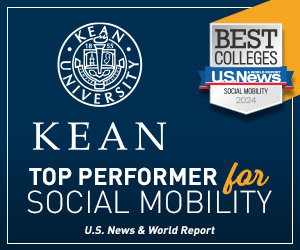Helping Students Find Fast-Paced Paths Into Health and Leadership Careers
Higher education is many things, but fast is not one of them. That’s a problem for people who are hoping to pivot into a new career or take on an advanced position within their current professional focus.
You want to move up the ladder, but you know that it could take three to five years of education to do it. Is there a quicker way to health care leadership? There can be.
If you are a high school guidance counselor working with people interested in health care careers, there are tons of ways they can get rewarding jobs. In this article, we take a look at the various paths toward public health leadership.
What Does Leadership Look Like in Healthcare?
Before we get too far into the weeds, it’s important to keep in mind that leadership doesn’t mean the same thing across the board.
It could mean organizational leadership—in other words, healthcare professionals that oversee the work of other healthcare professionals. It could also mean community leadership—people who play an important role in the lives of patients. Both jobs are important. Both also typically require a willingness to continue one’s education beyond merely getting an undergraduate degree.
Naturally, any job that requires grad school isn’t exactly a quick job. Most of the jobs described below will take more than four years for even high-achieving students to get. However, it is worth keeping in mind that high school students who already know they are interested in healthcare leadership are in a very good position to accelerate the timeline and get a jump start on their careers.
Bundling Degrees
If you have a senior who knows for certain that they want to go into a nursing career, they may be well positioned to bundle their credentials.
Some universities will allow high-performing students to essentially work on their graduate and undergraduate degrees at the same time.
In this case, instead of spending four years just getting a BSN, the student might be able to get both their bachelor’s and their master’s in five years. Naturally, this is an intensive line of studying and not suited for everyone.
However, driven students who know they want a leadership role will benefit from the accelerated timeline. They’ll also most likely save money on their overall education.
How worthwhile is it to work ahead? Well, for one thing, it can save the student tens of thousands of dollars in the long run. It will also increase their earning potential considerably. Almost from the start of their career, they’ll be making six-figure salaries, which is a major benefit that few healthcare professionals experience.
Pharmacists
Not a ton of 17-year-olds say, “I want to be a pharmacist when I grow up.” Those that do, however, are well-positioned to play an important leadership role in their healthcare community.
Many of us mistake pharmacists for clerks. Aren’t they, after all, the person who rings up your transaction and hands you a prepackaged bottle of pills? Well, actually, the people you interact with at the pharmacy are most often technicians, not necessarily the pharmacists themselves. Their job is more complicated than many of us assume based only on what we see.
For one thing, they are many people’s first point of contact with the healthcare system. An older patient with many medications to manage might speak every day with their pharmacist about potential side effects or drug interactions.
For another, the work they do is much more complicated than we in line at Walgreens see. What is the fastest way to become a pharmacist?
The quickest way to become a pharmacist is through a direct entry program that allows them to get the skills they need in about six years.
Absent a direct entry pathway, the process takes about eight years, so this is a great way for them to begin working a little earlier.
Administrative Roles
Healthcare administrators don’t get as much attention as doctors and nurses—maybe because the average patient will never meet one.
However, the leadership they provide their healthcare systems has a direct role on everyone living within the community. Though they don’t interact with patients at the bedside, they do make choices that influence thousands of lives.
You can get administrative jobs with a four-year degree, but most high-level administrators will have a master’s or even a Ph.D.
The timeline is generally four years of education for an entry-level position, but graduate school can add three to five years to that timeline, assuming a traditional course load.
Conclusion
We know. Getting high school juniors and seniors to start thinking about not only their undergraduate degrees, but graduate programs and career trajectories is hard. We live in an age where college completion timelines are ticking upward, and students are more likely than ever to change their majors. Rare is the high school senior who will be able to map out their future before they even have been accepted into a university.
Is it even worth pushing these programs? For the right student, it can be. Knowing what you want might be rare, but it is an enormous advantage for the right person. These programs accelerate degree completion timelines, save people money, and maximize their early earning potential. Anytime you have the chance to double your starting salary, it’s an opportunity that at least deserves serious consideration, isn’t it?
That’s what’s on offer with many of the programs we’ve described above. Keep an eye out for students who could stand to benefit from just a little bit of forward thinking.




